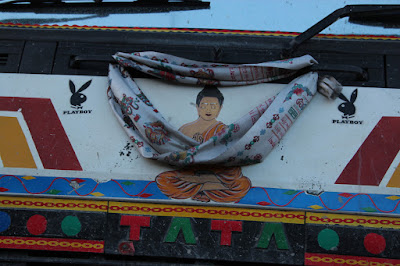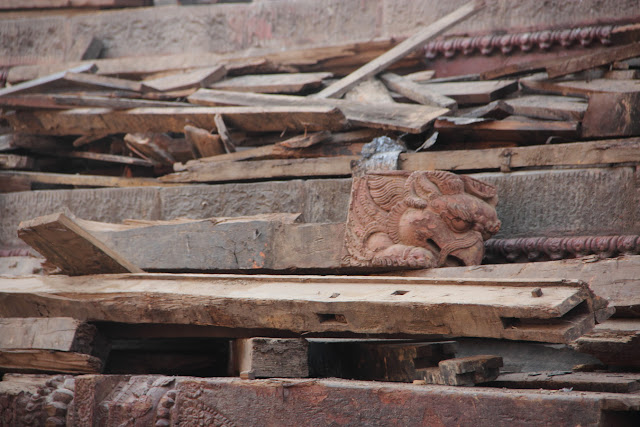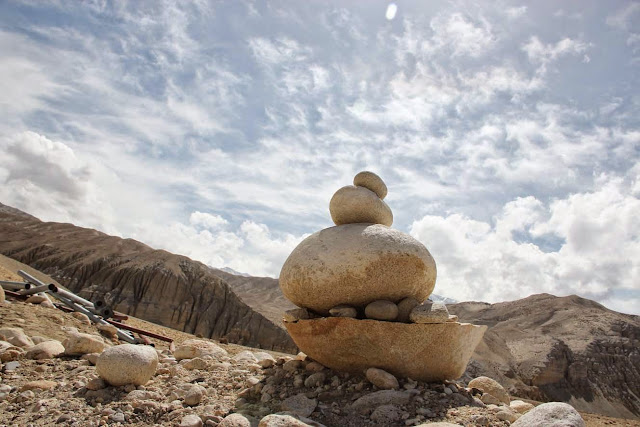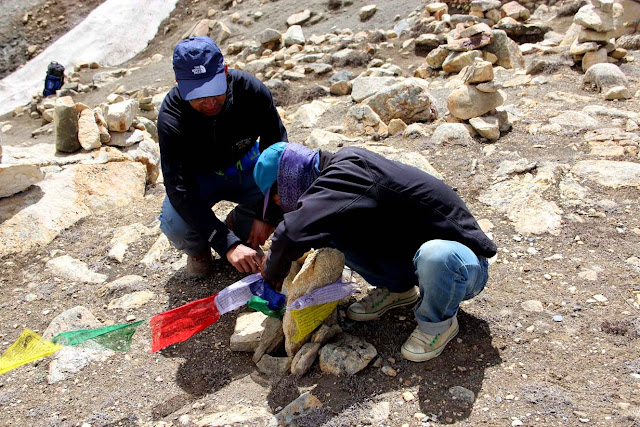My Nepal Diary - VI
Street Museum
Nepal
Graphite or whatever you can say - Painting on the wall.
Nepal Street is very vibrant in its art form - historical to contemporary. The street becomes a form of contemporary expression in contrast to the historical remains. The history and the graphite are imbedded, creating a language of its own. As we know the form of graphite is used as a political expression and same applied for tattoos, though now it can be a fashion statement, which could be political by its own mean, but when it becomes consumer then it just remains as a design. In this pahadi region you see a mix or contrast of Hindu/Buddhist ritualistic beliefs and the Rock music/Tattoos/Graphite in its extreme form.
In one hand they still believe in kumari pratha and also you see a huge graphite campaign against girl child sexual abuse. No one talks about the issue, because it relates to culture and so called tradition. Politicians believe that change means political change, but no-one talks about the modernization of culture and tradition. The contrast also remains in the political ideologies but even in these contrasting ideologies no one touches the sentiments of the religious believes which allow the people to continue this unnatural pratha. As in this last disaster nothing happened to the kumari ghar, which means the pratha, remains as a powerful belief and many girls will be sacrificed in the coming decades.
Focusing back to the street and historical art you might get surprised in the contemporary art world, when this is translated onto the canvas - the language, the site, the view is a total disaster - and many don’t understand the difference in language. The language of site specific and the political charged expressions have its own place and time and it has to be under an unknown identity. As soon as you start giving it a meaning or an identity and start removing the contrast, you are actually removing not extracting the essence.
Hoping now this region will again start producing some artist with fire – it is been a gap of many decades where we see artist are burdened under the powerful dominating history – exactly like Rome.
Street Museum
Nepal
Graphite or whatever you can say - Painting on the wall.
Nepal Street is very vibrant in its art form - historical to contemporary. The street becomes a form of contemporary expression in contrast to the historical remains. The history and the graphite are imbedded, creating a language of its own. As we know the form of graphite is used as a political expression and same applied for tattoos, though now it can be a fashion statement, which could be political by its own mean, but when it becomes consumer then it just remains as a design. In this pahadi region you see a mix or contrast of Hindu/Buddhist ritualistic beliefs and the Rock music/Tattoos/Graphite in its extreme form.
In one hand they still believe in kumari pratha and also you see a huge graphite campaign against girl child sexual abuse. No one talks about the issue, because it relates to culture and so called tradition. Politicians believe that change means political change, but no-one talks about the modernization of culture and tradition. The contrast also remains in the political ideologies but even in these contrasting ideologies no one touches the sentiments of the religious believes which allow the people to continue this unnatural pratha. As in this last disaster nothing happened to the kumari ghar, which means the pratha, remains as a powerful belief and many girls will be sacrificed in the coming decades.
Focusing back to the street and historical art you might get surprised in the contemporary art world, when this is translated onto the canvas - the language, the site, the view is a total disaster - and many don’t understand the difference in language. The language of site specific and the political charged expressions have its own place and time and it has to be under an unknown identity. As soon as you start giving it a meaning or an identity and start removing the contrast, you are actually removing not extracting the essence.
Hoping now this region will again start producing some artist with fire – it is been a gap of many decades where we see artist are burdened under the powerful dominating history – exactly like Rome.
The Street
The Windows
In the Mountains
On the Road


































































